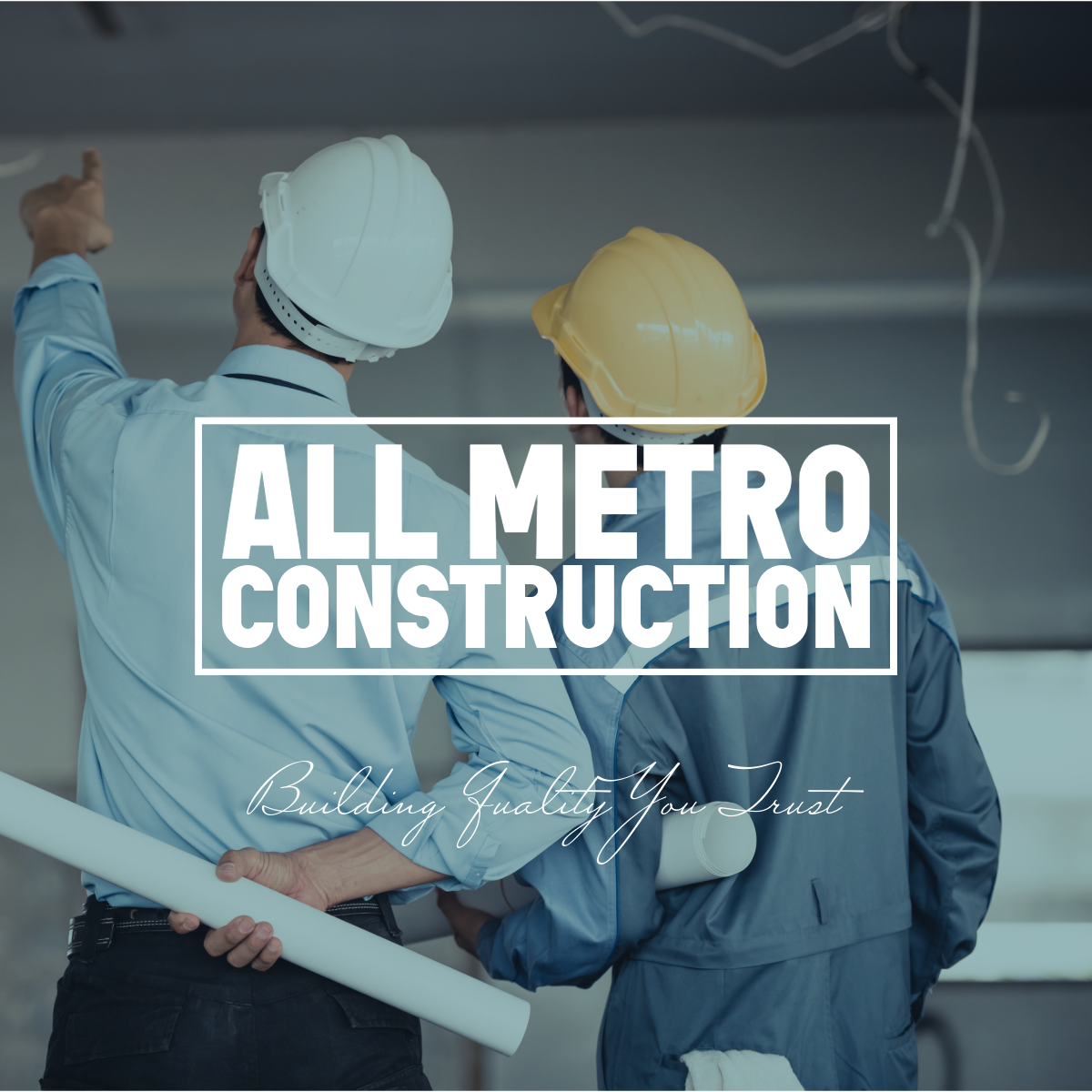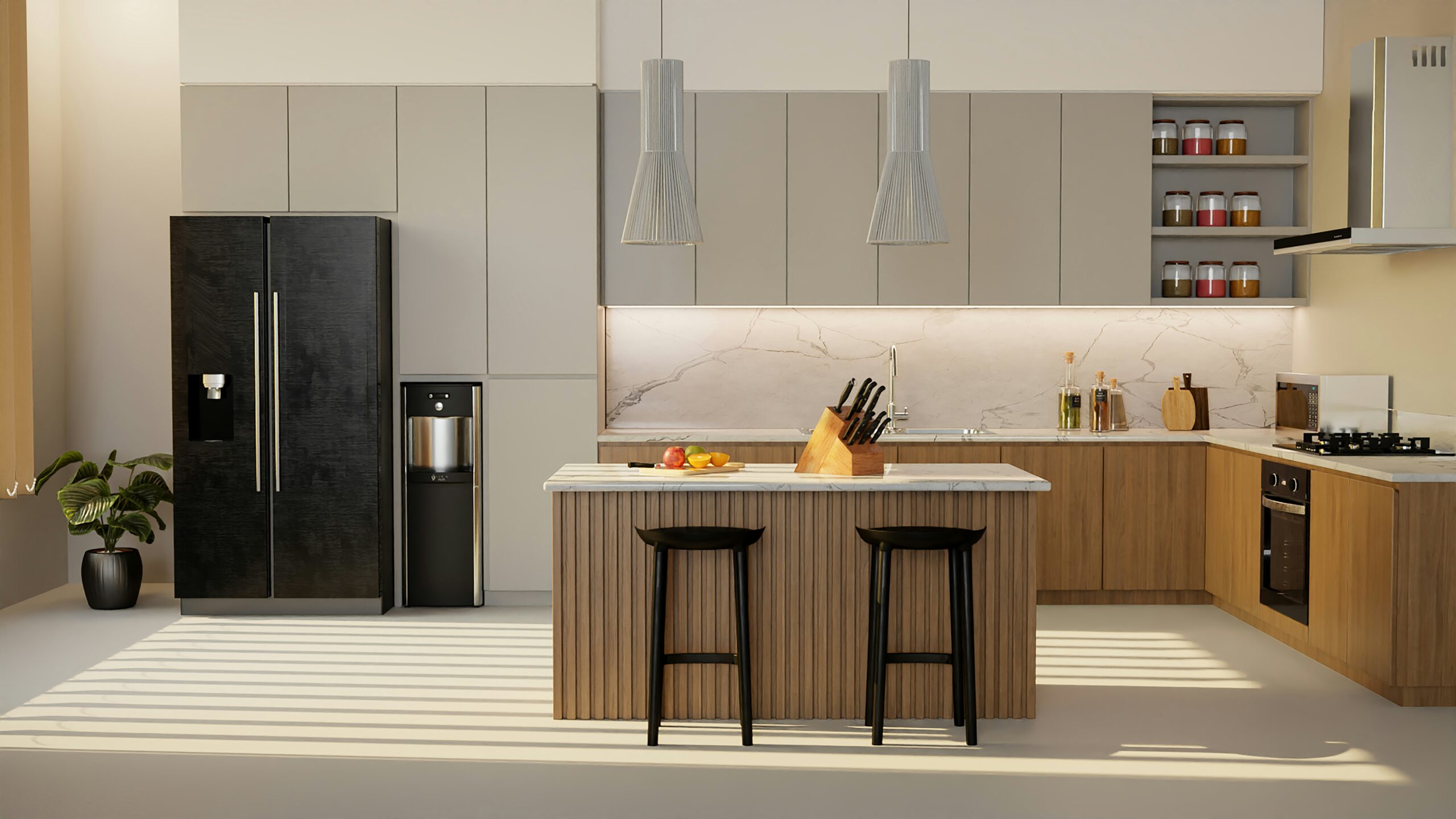Metro construction is shaping the way cities grow and evolve, playing a pivotal role in developing expansive urban connectivity. These projects are about more than just convenience; they represent a commitment to reducing urban congestion and pollution while improving the quality of life for city dwellers. Cities are investing heavily in metro infrastructure, recognizing its potential to transform the urban landscape substantially.
Building a metro system isn’t just about laying tracks underground or above ground. It’s a complex blend of engineering expertise, strategic planning, and financial investment. Each phase of construction demands precise coordination, from initial surveys to the final touches that make stations welcoming spaces for commuters. The scale of these projects often means they stretch over years, requiring patience and vision from city planners and financiers alike.
Innovative technologies are at the forefront of modern metro construction. 3D modeling, modular construction methods, and advanced tunneling techniques are helping projects stay on schedule and budget. These advancements also ensure that new metro systems meet the high standards of safety and efficiency expected by today’s urban populations. Sustainability is key too, with many new metro stations incorporating eco-friendly designs and materials to minimize their environmental footprint.
Challenges in metro construction are numerous. Urban environments are dense and full of existing infrastructure that must be navigated delicately. Projects must also respect historical sites and current residents’ needs, sometimes leading to complex rerouting or redesign efforts. Yet these challenges often lead to some of the most innovative solutions, spurring advancements in engineering and urban design that can benefit cities globally.
Public transport accessibility is another essential consideration. Metros need to be fully integrated into a city’s transport system, providing seamless connections to buses, trams, and other modes of transport. This integration requires careful planning and the continued collaboration of all stakeholders involved. Successful metro systems can fundamentally alter commuting patterns, reduce traffic congestion, and offer a reliable alternative to car travel.
Building a metro isn’t just a construction project; it’s a critical investment in a city’s future. The end goal is to create transportation networks that are effective, efficient, and environmentally sustainable while keeping the public’s needs and safety at the forefront. As cities continue to expand, the metro will remain a cornerstone of urban planning, implementing innovative solutions that accommodate rapid population growth without compromising on the quality of life.
Role of General Contractors in Metro Construction Projects
General contractors play a crucial role in bringing metro construction projects to fruition, acting as the backbone through coordination and management. These professionals are responsible for the big picture, ensuring deadlines are met, budgets are adhered to, and standards are maintained.
The scope of a general contractor’s work is wide-ranging. They’re in charge of assembling a skilled workforce, from engineers to tradespeople, making sure that all aspects of construction work harmoniously. This requires excellent organizational skills and a keen understanding of logistics. Communication is also key, as general contractors must keep various stakeholders—a mix of public officials, architects, and investors—informed and aligned throughout the process.
A great general contractor possesses several key qualities. They need to have in-depth knowledge of construction methods and materials to make informed decisions. Problem-solving abilities are crucial when unexpected challenges arise—whether it’s dealing with weather delays or unanticipated site conditions. They also need to ensure compliance with all relevant safety regulations, as safety on a construction site is non-negotiable.
In metro projects, general contractors coordinate the work of numerous subcontractors who handle specific tasks like electrical work, plumbing, or HVAC installations. Efficient management of these specialized teams ensures that each part of the project fits together seamlessly, much like pieces of a puzzle.
When choosing a general contractor for a metro project, experience and reputation matter significantly. Look for those who have a proven track record with similar projects. It’s also important that they can demonstrate strong leadership skills and the ability to adapt to the scale and complexity of metro construction.
Finally, the role of a general contractor extends beyond just the construction phase. They’re often involved in the planning and design stages, providing practical insights that can vastly improve project outcomes. Their expertise in optimizing resources and managing risks makes them indispensable in delivering metro systems that meet both current needs and future demands.
Windows in Metro Structures: Enhancing Urban Views
Windows in metro constructions aren’t just structural necessities; they’re key in creating inviting, bright environments within these often deep or enclosed spaces. Thoughtfully designed windows transform metro stations from stark to welcoming, improving the commuter experience.
The role of windows extends beyond just aesthetics. Modern engineering allows for the incorporation of energy-efficient glass that regulates temperature, reducing the reliance on artificial heating and cooling. This not only makes the stations more comfortable for passengers but also significantly cuts down on energy costs and consumption.
Choosing the right type of glass is crucial. Shatter-resistant and tempered glass options enhance safety, a critical consideration in public spaces. The latest technologies also offer glass with coatings that minimize glare and UV exposure, protecting both passengers and interior elements.
Installation of windows in metros requires expert precision given the unique environment. Proper sealing is critical to prevent leaks and ensure insulation. It’s worth investing in professionals with experience in large-scale infrastructure projects to ensure the job is done right the first time.
Considerations around accessibility and passenger flow are crucial when integrating windows. Design solutions such as strategically placed windows can enhance natural light influx while prioritizing clear passage for travelers and minimizing potentially problematic glare.
Windows also contribute significantly to the aesthetic appeal of metro stations. Design elements like large-format panes or uniquely shaped windows can become iconic features of a station, creating a visual identity that resonates with a city’s character and history.
Roofing Solutions for Urban Metro Stations
Choosing the right roofing solution for metro stations is crucial to protect the infrastructure from harsh weather and environmental conditions. These roofs need to be durable, yet adaptable, meeting the unique demands of both above-ground and subterranean structures.
Material choice is key here. Options like metal roofing, with its excellent resistance to weather and longevity, or modern membrane roofing, known for flexibility and energy efficiency, are popular. These materials not only withstand diverse climate realities but also help in managing the station’s internal climate, cutting down on energy costs.
Innovations in eco-friendly roofing are another exciting development in metro construction. Green roofs, for instance, are being used increasingly in urban transit systems. Plant-covered roofs provide natural insulation and manage stormwater runoff while enhancing biodiversity within the city. They’re a win-win for both environmental impact and urban aesthetics.
With station design constantly evolving, the aesthetics of roofing can no longer be an afterthought. Architectural creativity can allow roofing to contribute to the space’s visual appeal. This means choosing harmonious designs and colors that integrate well with the station’s overall look.
Maintenance is an important consideration for metro roofing. Regular inspections can help catch issues like leaks or structural weaknesses before they become costly repairs. Clear maintenance plans should be in place right from the construction phase to ensure longevity and optimal performance of the roofing systems.
Comprehensive Overview of Metro Station Gutters
Metro stations rely heavily on effective gutter systems to manage precipitation and shield the structures from water-related damage. Gutters may not be the most glamorous feature, but their role in maintaining the longevity and function of metro systems is pivotal.
When designing gutters for metro stations, durability is a top priority. Systems must handle significant volumes of water, particularly in regions experiencing heavy seasonal rainfall or occasional downpours. Using high-quality materials like aluminum or galvanized steel can ensure gutters withstand the test of time.
Technological advancements have led to innovative gutter designs that enhance water flow and efficiency. Seamless gutters, for instance, minimize leaks and are easier to maintain than their sectional counterparts. Moreover, implementing features like gutter guards reduces blockages from debris, lowering maintenance demands.
The installation of gutter systems in metro stations presents unique challenges. They need to be configured to match the architectural nuances of each station while maximizing drainage efficiency. Professional input during the installation phase is crucial to ensure that the system integrates seamlessly with existing structures.
Maintenance should not be overlooked. Regular checks and cleaning prevent common issues such as blockages and overflows, ultimately reducing repair costs and preventing structural damage to the station. Setting up a routine maintenance schedule goes a long way in extending the lifespan of the gutter system.
An optimal gutter system contributes not only to the station’s durability but also impacts passenger experience by reducing inconveniences associated with leaks or puddles during rainy conditions. Stations with well-managed water systems offer safer and more pleasant spaces for commuters.
Siding Innovations for Sustainable Metro Construction
Siding plays a fundamental role in metro stations, serving both functional and aesthetic purposes. It helps protect the infrastructure from external elements while providing a visual identity that complements urban design.
When selecting siding materials, it’s crucial to consider durability and maintenance needs. Modern solutions like fiber cement siding offer resistance against weather extremes and come with minimal upkeep compared to traditional wood. This makes them a practical choice for metro stations that must endure constant exposure to the elements.
Sustainability is a growing priority in construction, and siding materials are no exception. Many cities now opt for eco-friendly sidings, such as those made from recycled materials or those designed to reduce thermal transfer, which aids in energy conservation.
Beyond materials, the design of siding should align with broader architectural goals. Metro stations are often key landmarks, and their visual appeal can enhance a city’s brand and identity. Incorporating designs that reflect local culture or history can turn boring structures into iconic urban features.
Installation should be undertaken by professionals familiar with the specific demands of metro projects. This ensures that the siding is not only visually compelling but also securely attached, providing long-term resilience against wear and tear.
As urban metro systems continue to evolve, staying ahead in siding innovations ensures stations meet both current demands and future urban planning goals. This results in infrastructure that is not only functional but extends a warm welcome to all city residents and visitors alike.




